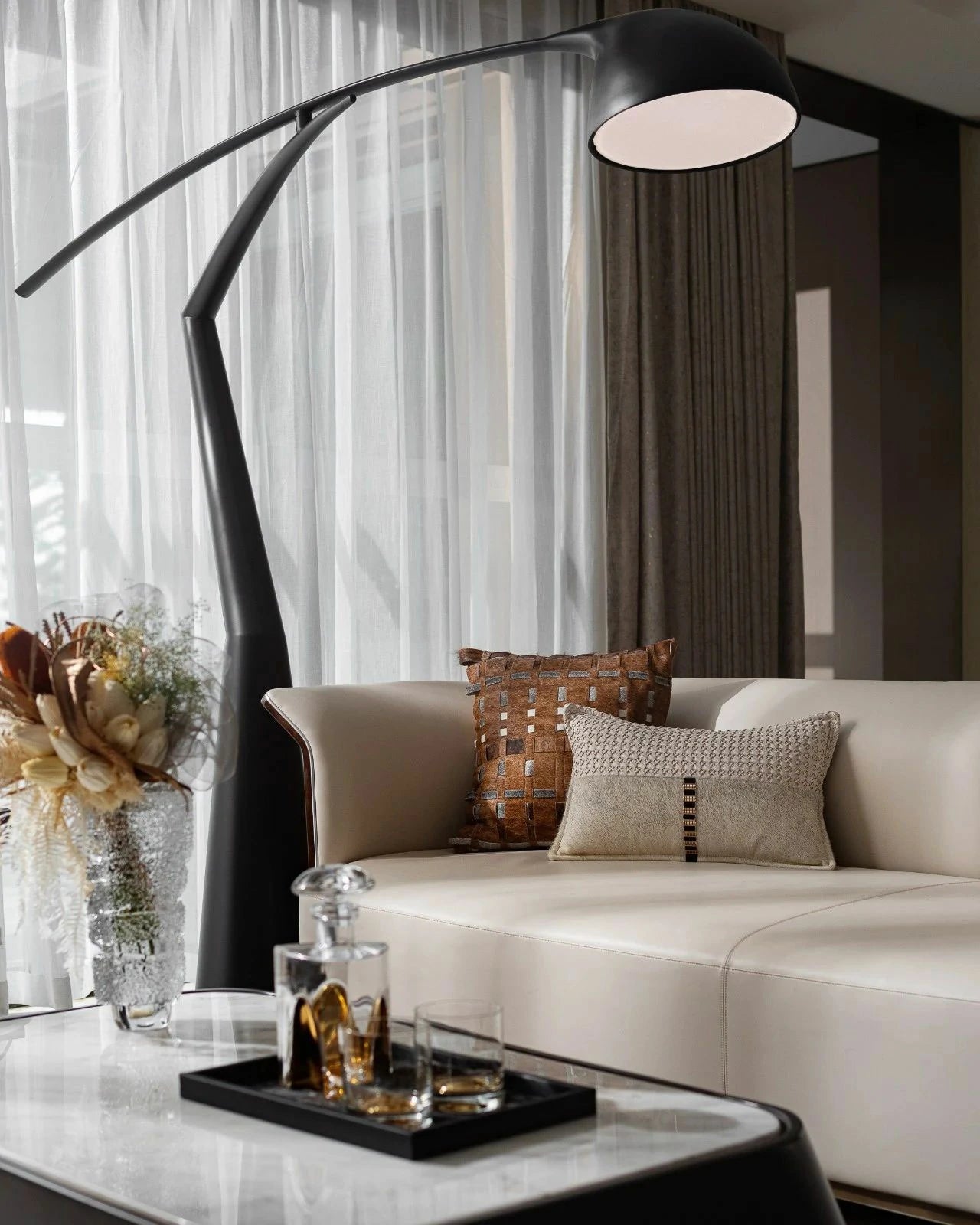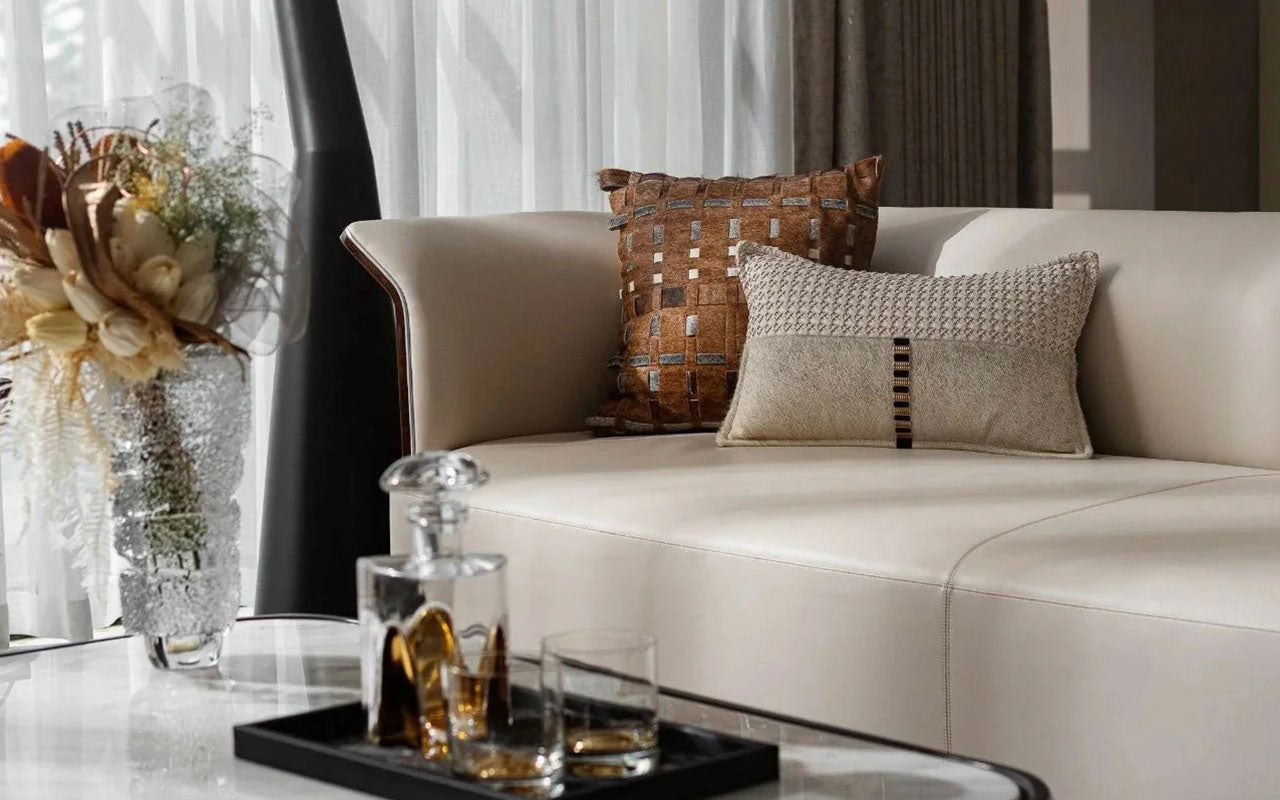Modular Sofa: The Spatial Narrative Engine of Modern Minimalism
Introduction: Spatial Philosophy Anchored by the Sofa

The essence of modern minimalism lies in defining a space’s soul through a single piece of furniture. This residence employs a light gray modular sofa as the narrative axis, weaving together material contrasts, light interplay, and functional fluidity to connect the living room, dining area, and even the study into a dynamic whole.

With its low-saturation frosted leather wrapping high-density foam, sculptural lines, and subtly hidden arc lighting at the corners, the sofa embodies both the restraint of minimalist aesthetics and the modular design that unlocks infinite spatial possibilities—it is not merely seating but a director of light, a mediator of materials, and a switchboard for shifting life scenarios.

Living Room: The Dynamic Language of the Sofa

The focal point of the living room is the light gray modular sofa, which redefines traditional static furniture. Its design features hexagonal units that can be freely disassembled, with leather surfaces micro-etched to create a subtle granular texture under natural light.

The armrests extend at a 15° inclined arc, echoing the spiral radius of the staircase, while embedded linear LED strips in the metal frame cast ethereal floating light at night. A 3cm gap between the sofa base and oak flooring houses hidden ambient lighting, casting tree-like shadows through the frosted leather onto the walls.

The floating coffee table, crafted from anodized aluminum and glass, refracts light patterns that interact dynamically with the sofa’s folds, redefining the ritual of "sitting."

Dining Area: Material Contrast as Narrative Continuity

The dining area extends the sofa’s material logic with a concrete-base circular table, its raw poured surface pores contrasting with the sofa’s matte leather. Chairs echo the sofa’s arc language: deep brown leather-upholstered backs curve like waves, while legs in matte stainless steel transition from dark gray to gunmetal via gradual oxidation.

A suspended 3D-printed acrylic pendant light casts light patterns on the table, mirroring the rhythm of the sofa’s folds, transforming the dining space into a climactic act of the living narrative.

Lounge Area: Gentle Intervention of Natural Textures

The rattan chair in the lounge appears detached yet subtly connected. Its rugged weave contrasts with the sofa’s synthetic leather, while arched leg cuts replicate the sofa’s golden corner curves. The rattan rug’s warp-and-weave mimics the sofa’s stitching, with edge translucency gradients echoing the base lighting.

Seated here, one gazes through the bay window’s greenery, overlapping with the sofa-backed abstract art—its spiral lines deconstructing the sofa’s and staircase’s geometry into digital abstraction.

Bedroom: Silent Dialogue in Private Spaces

The bedframe draws inspiration from the sofa: a double-curved walnut structure mirrors the sofa’s backrest curves, its matte finish preserving wood pores. Bedding in the same gray linen echoes the sofa’s quilting pattern, with pillow tucks replicating its stitching precision.

A marble extension from the windowsill reproduces the sofa’s metal bracket radii, paired with rattan cushions and linen baskets, translating public narratives into private whispers.

Study: Parametric Interpretation of Form and Function

The desk reimagines the sofa’s modularity: a curved walnut surface, seamless from five angled planks, reveals wood growth rings, dialoguing with the sofa’s micro-etched leather.

Legs integrate the staircase’s stainless steel framework, laser-cut and folded into parametric grid harmony with the shelves. Hidden lighting casts gradients on the desk, mirroring the sofa’s light play, while abstract spiral art abstracts the sofa’s armrest curves into mathematical forms.

Conclusion: System Aesthetics from Sofa to Space

This light gray modular sofa is no isolated object—it is a material experiment (concrete and leather dialogue), a light conductor (hidden LEDs harmonizing with daylight), and a spatial gene encoder.

From the living room’s dynamic reconfiguration to the study’s parametric extensions, the sofa’s modular logic permeates every corner, proving true minimalism isn’t about "less" but about building an entire spatial operating system through one piece of furniture. When design returns to essence, the sofa transcends function, becoming the metric by which space finds poetry.

Final Thought

The sofa is no longer a functional symbol but a compass for spatial poetry—where every detail is its genetic expression, and the entire space is its folded protein, alive with meaning.

Design Team | JinJing Design
If there's infringement, please contact for removal.
 New Creative
New Creative
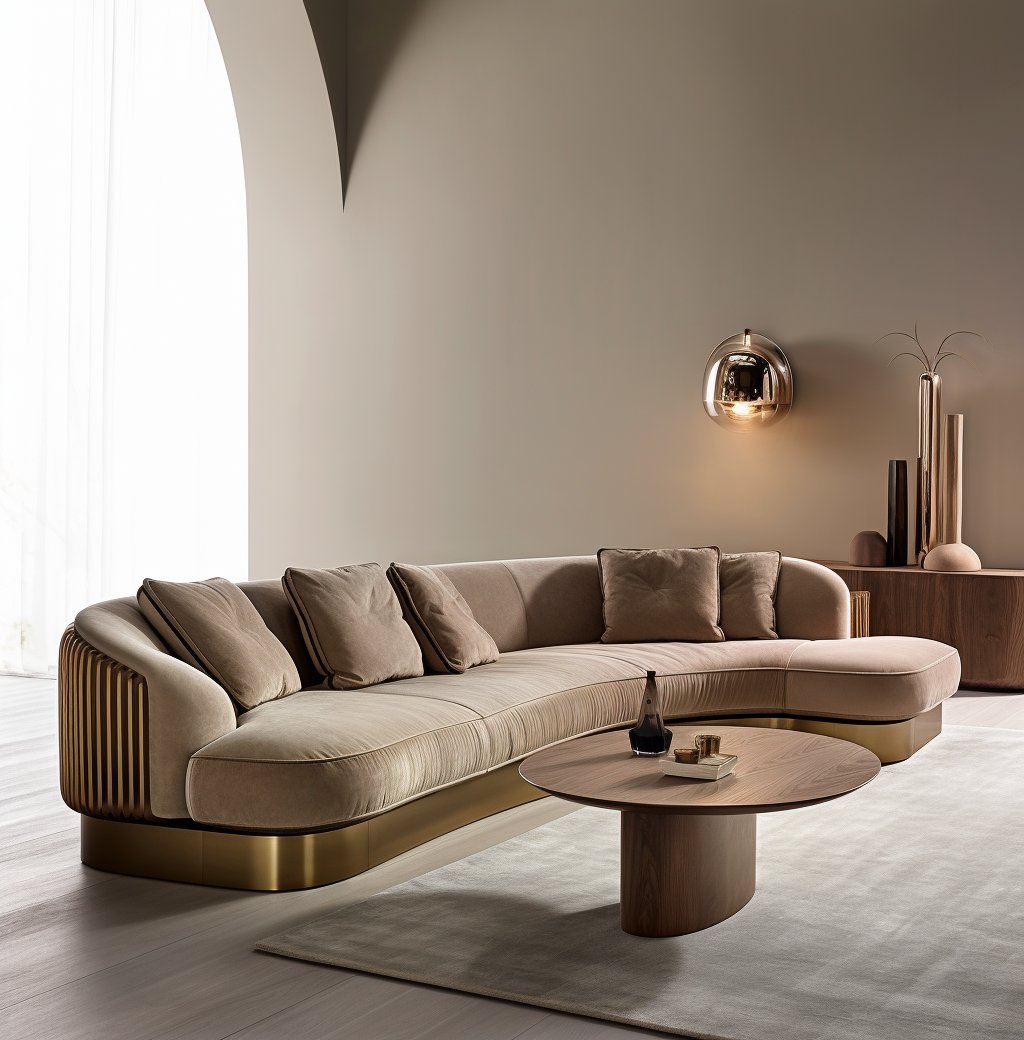 Best Sellers
Best Sellers
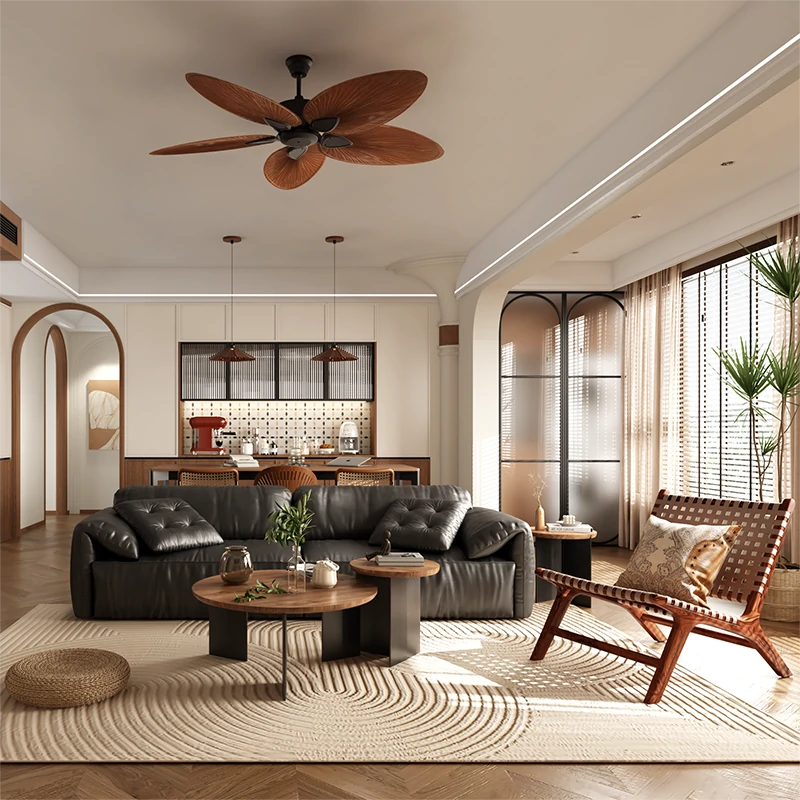 Shop The Look
Shop The Look
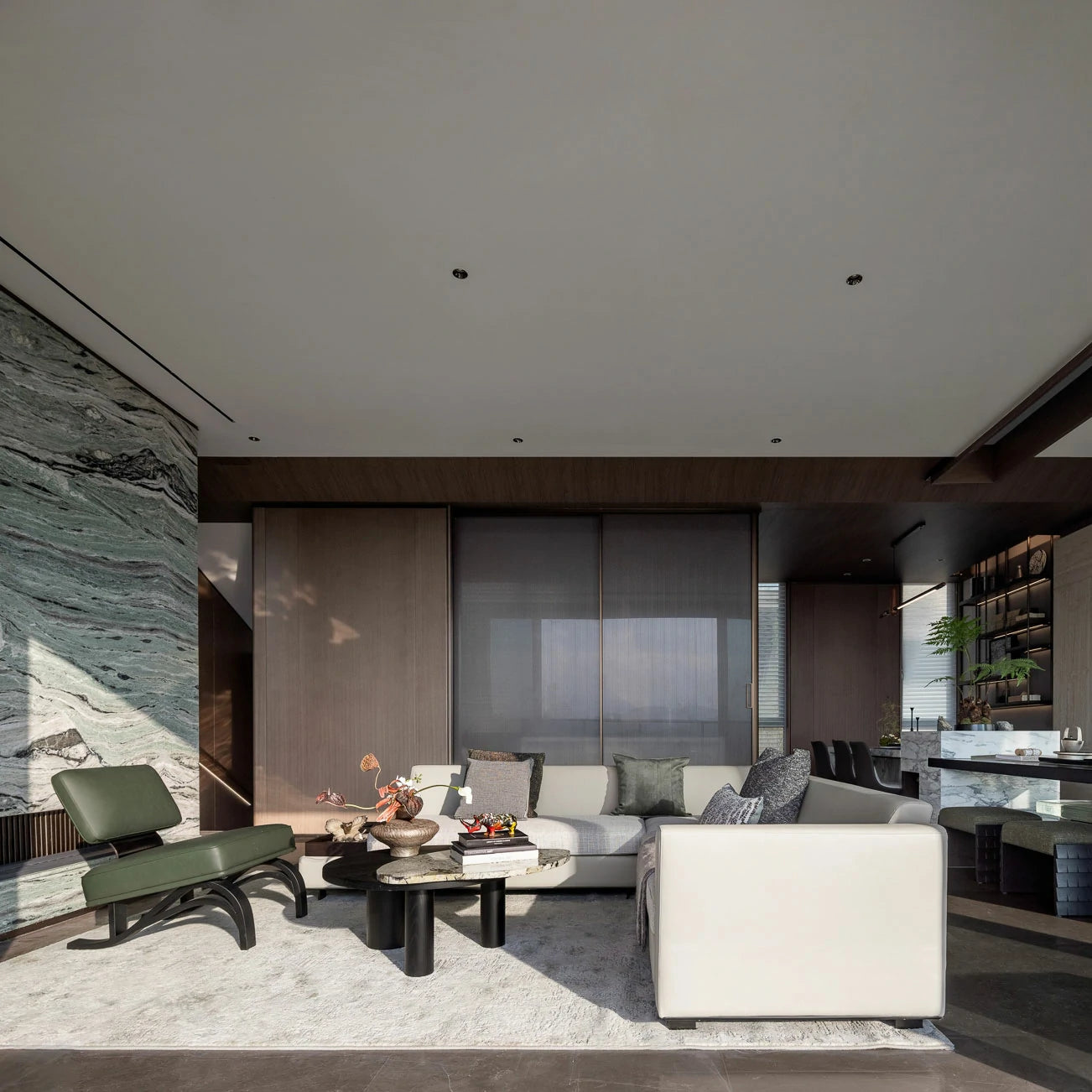 New Room
New Room
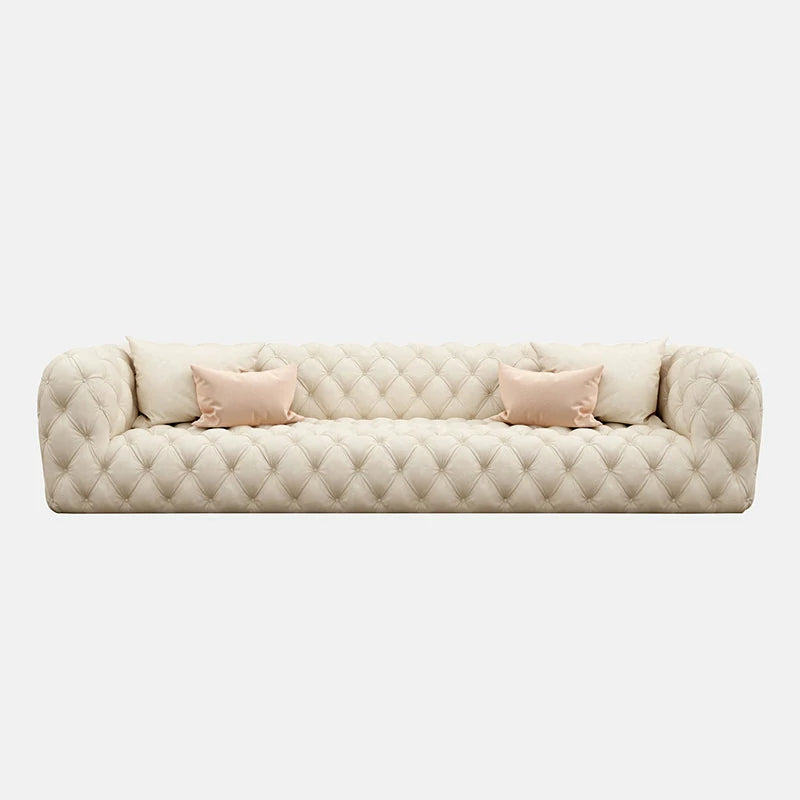 Sofas & Seating Systems
Sofas & Seating Systems
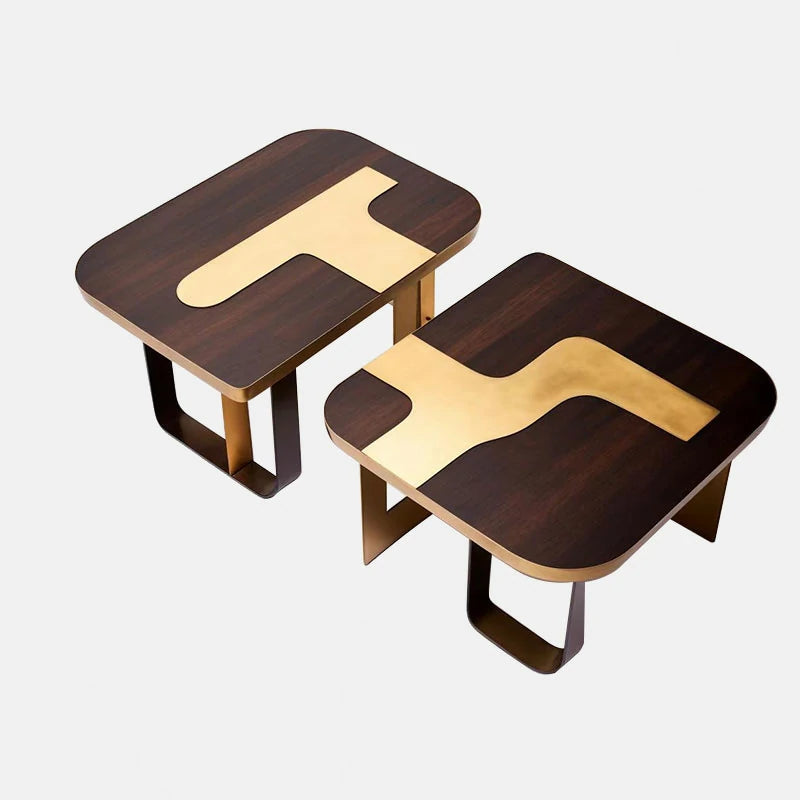 Coffeetables & Sidetables
Coffeetables & Sidetables
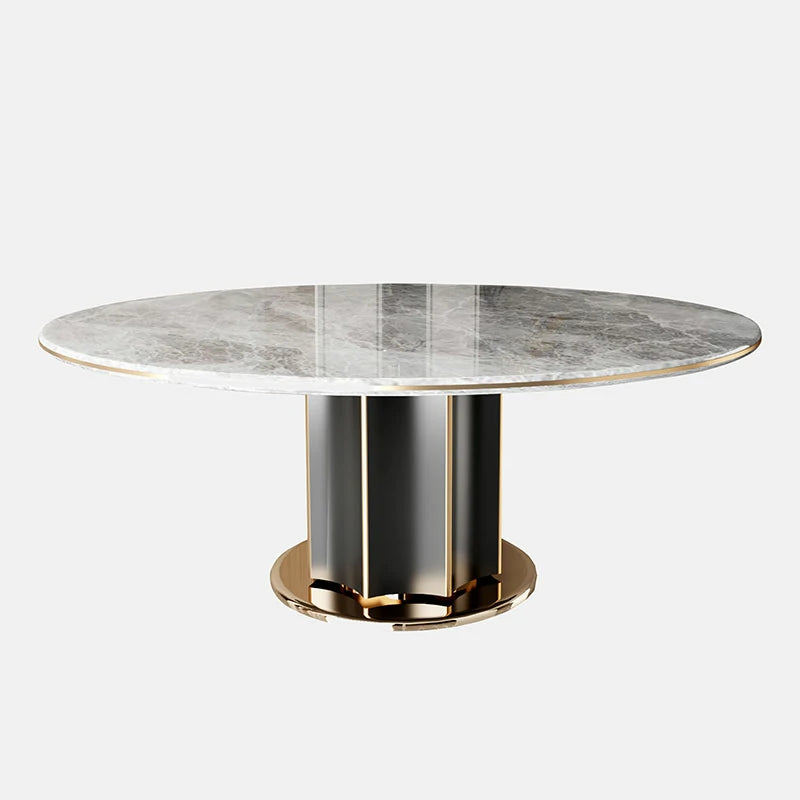 Tables
Tables
 Chairs
Chairs
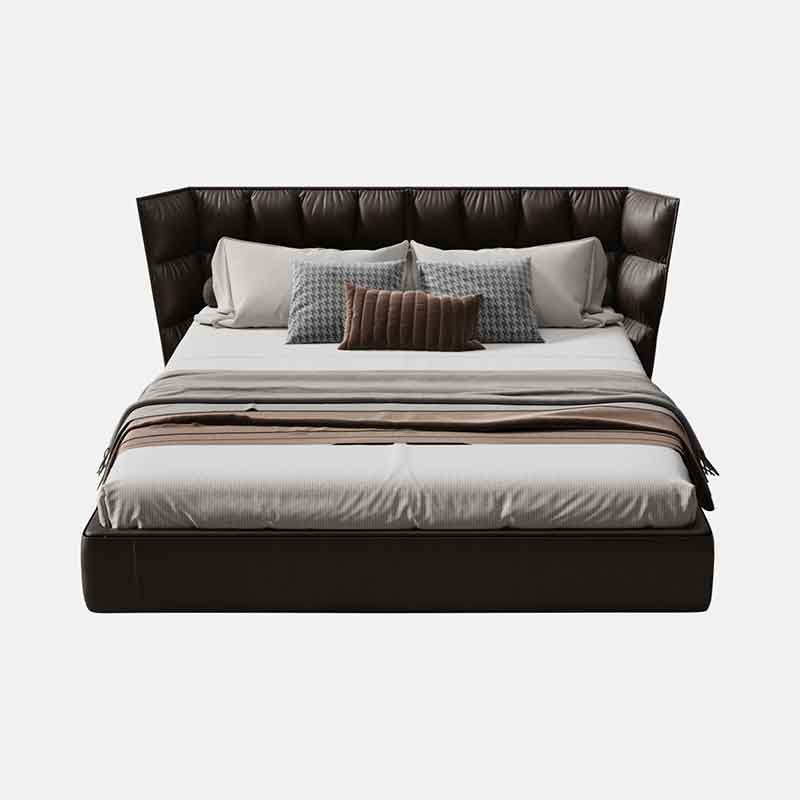 Beds
Beds
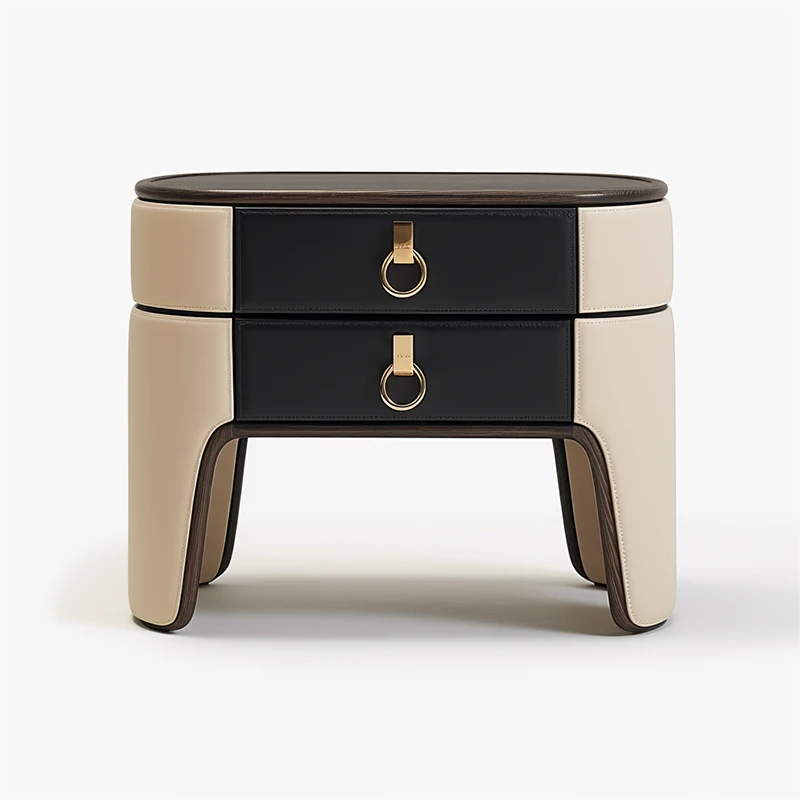 Nightstands & Vanities
Nightstands & Vanities
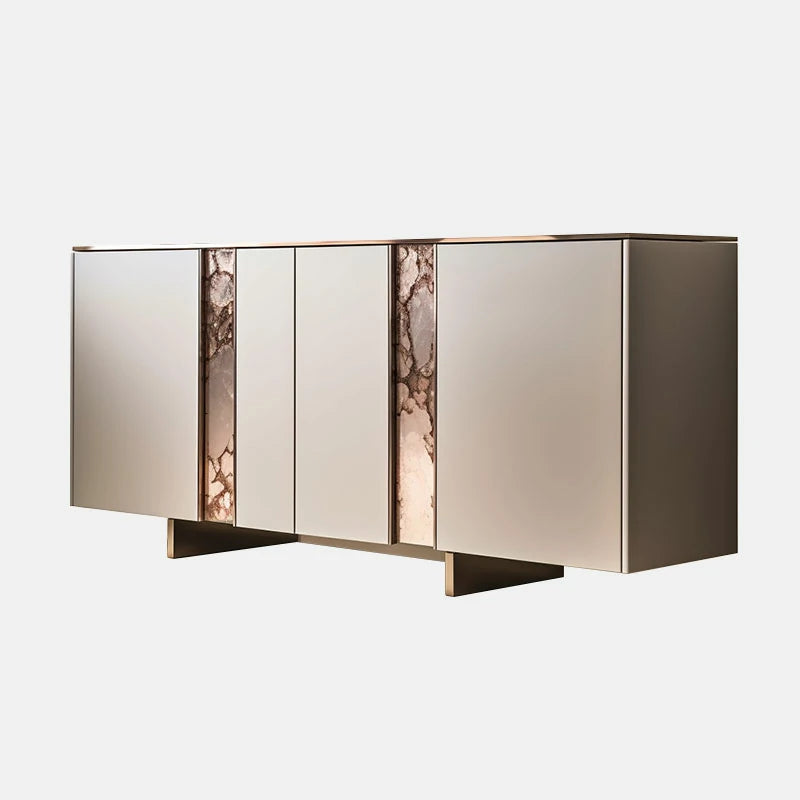 Sideboards & Bookcases
Sideboards & Bookcases
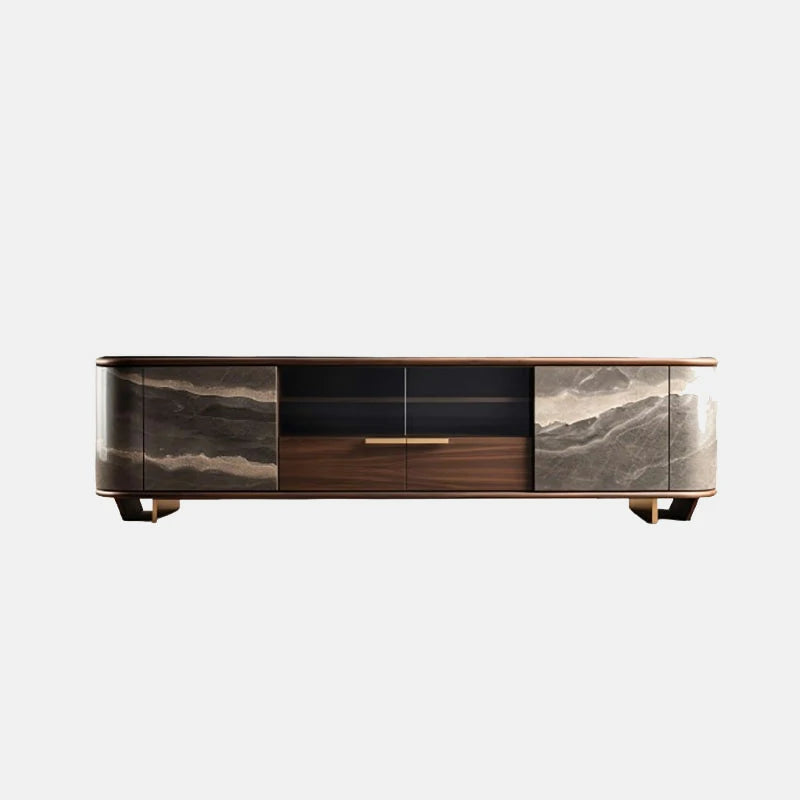 Console
Console
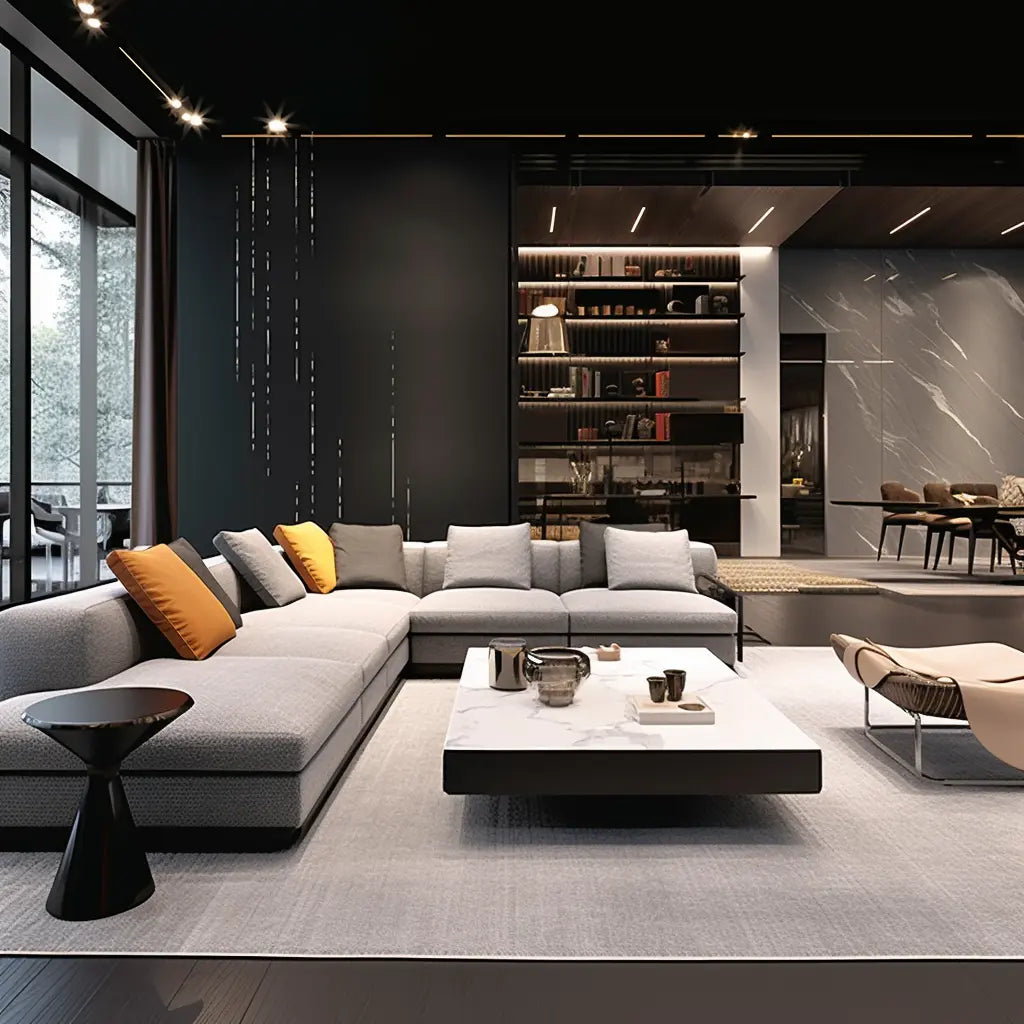 Livingroom
Livingroom
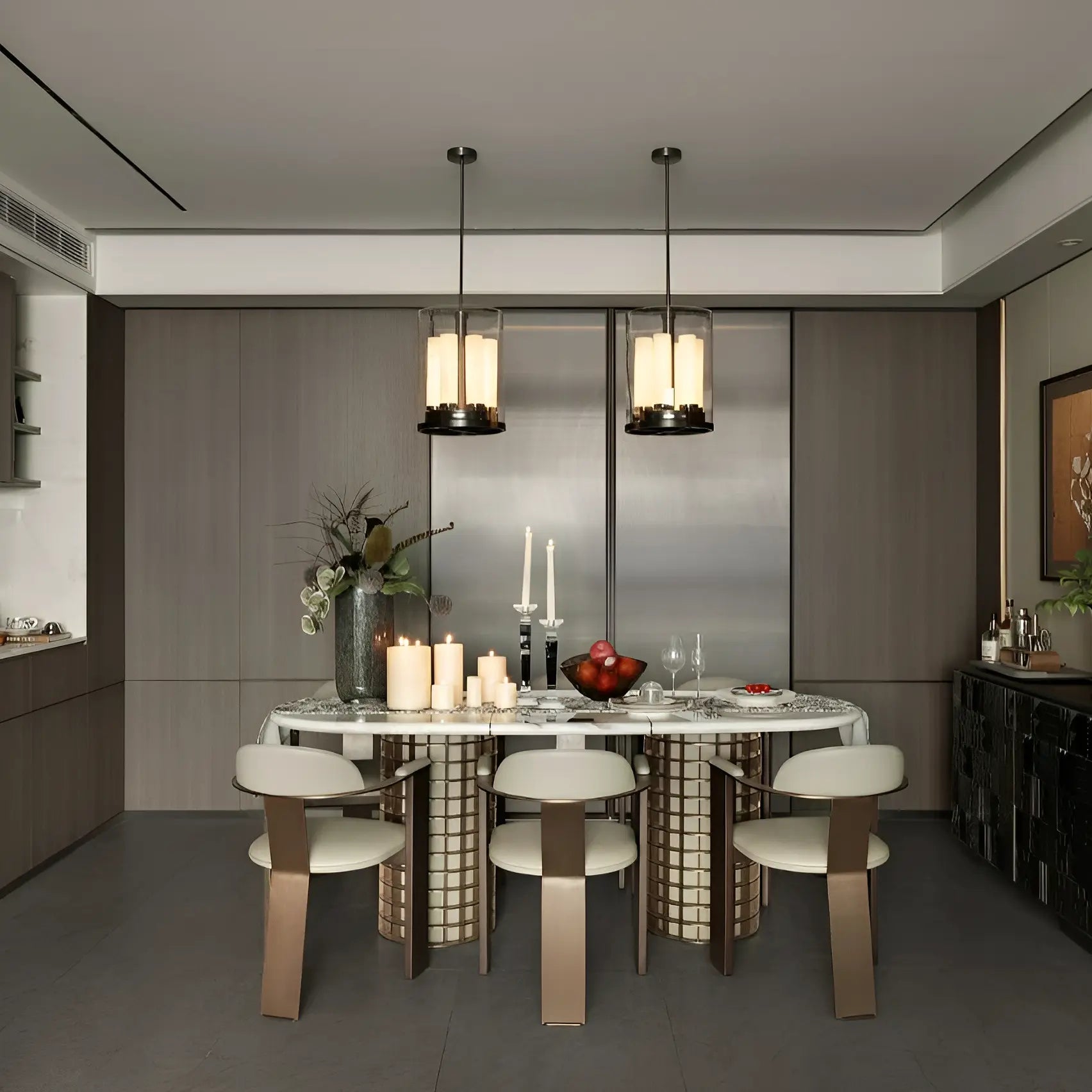 Diningroom
Diningroom
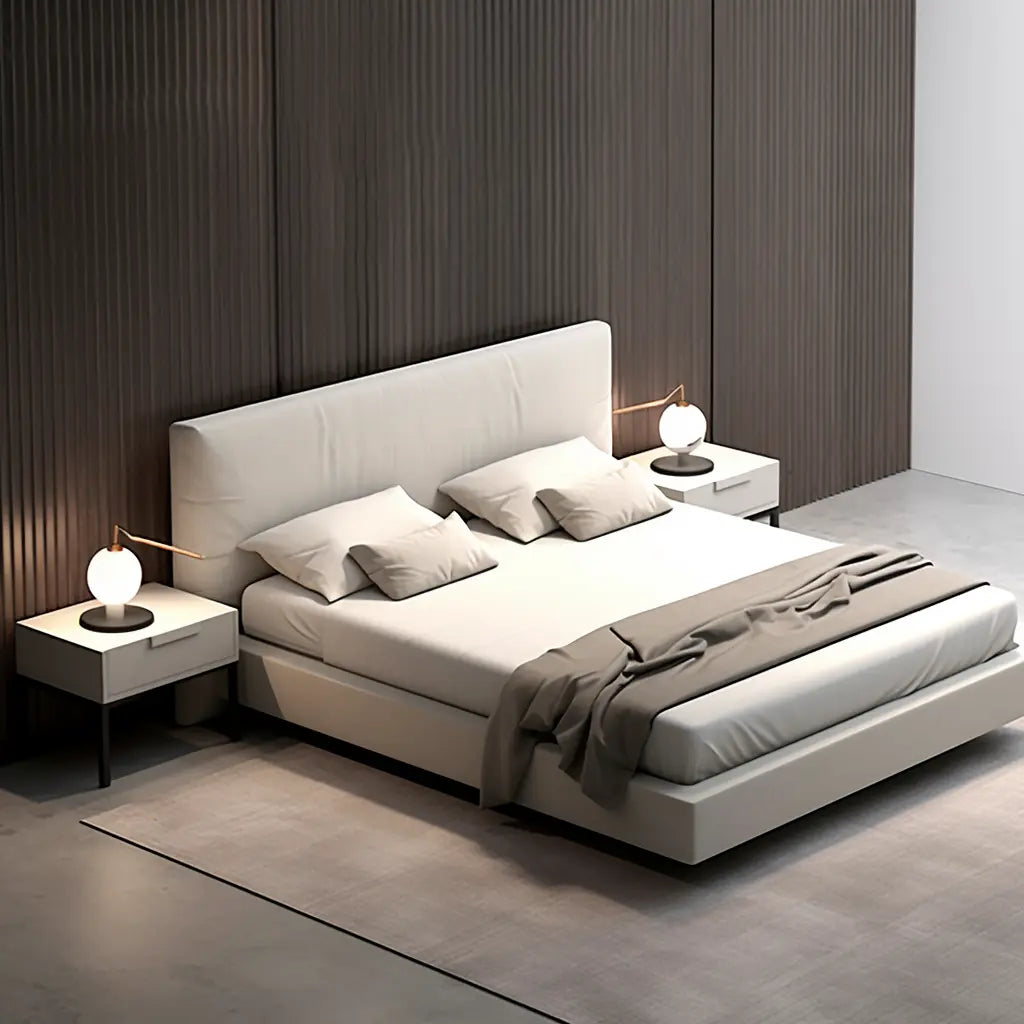 Bedroom
Bedroom
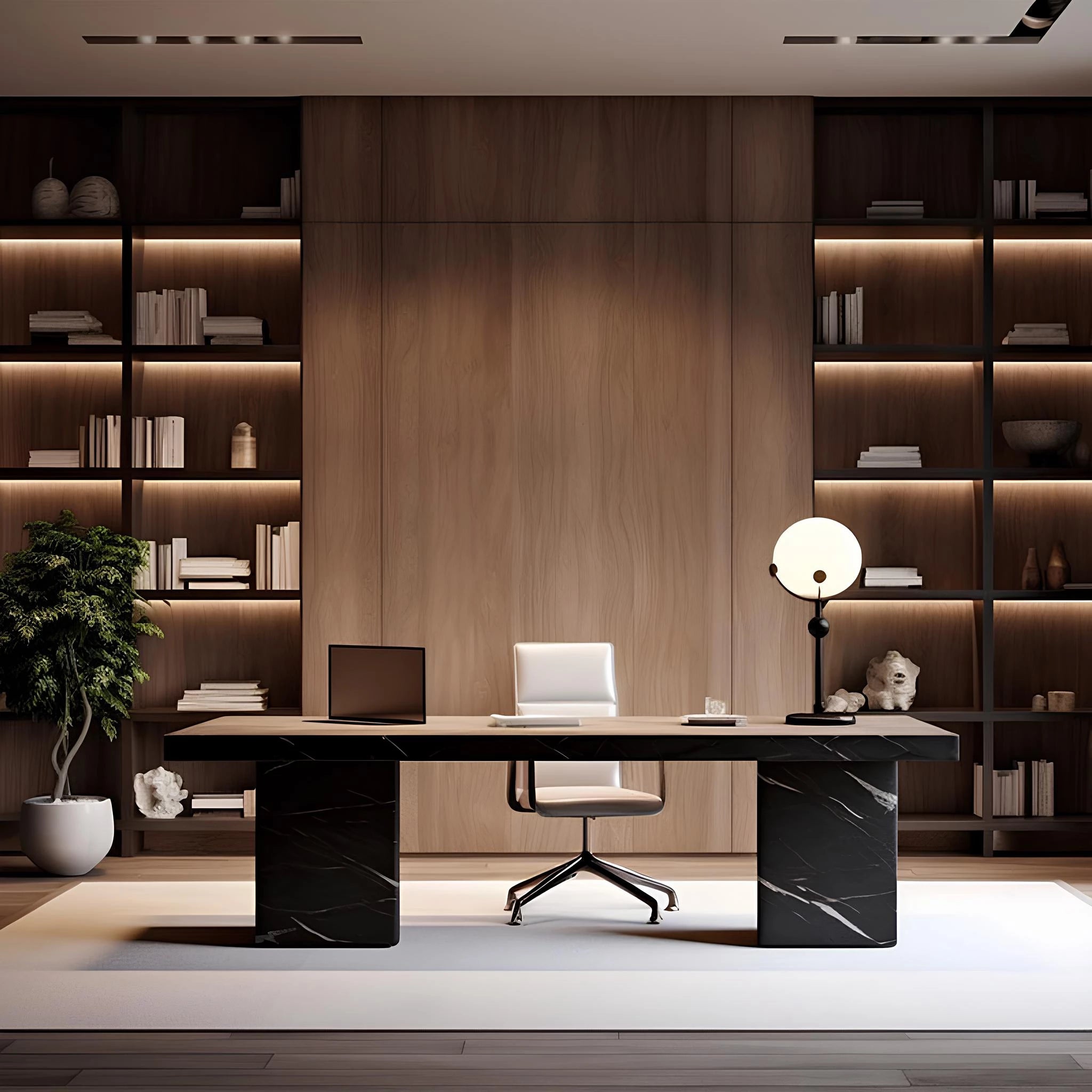 Officeroom
Officeroom
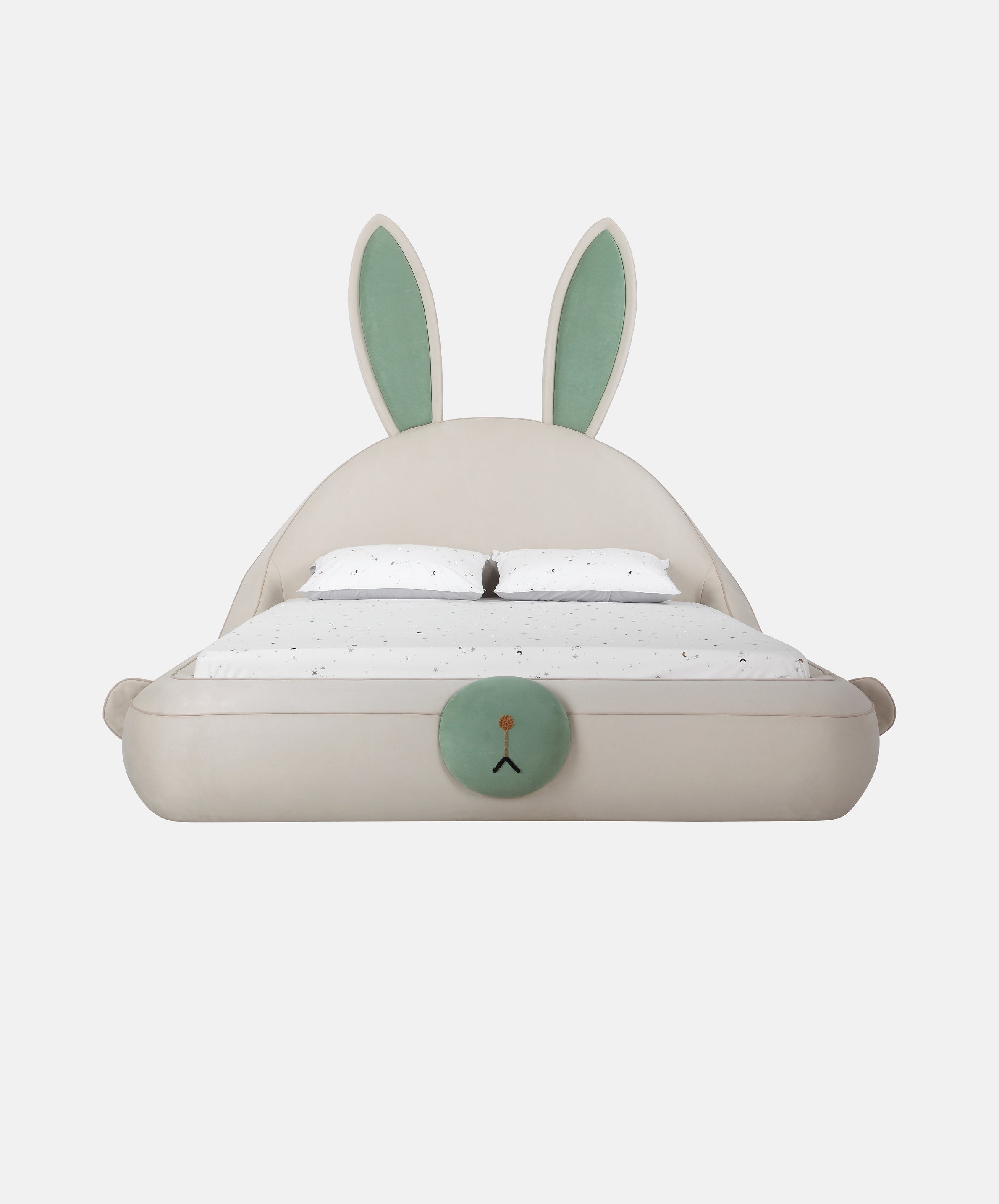 Cartoon & Children
Cartoon & Children
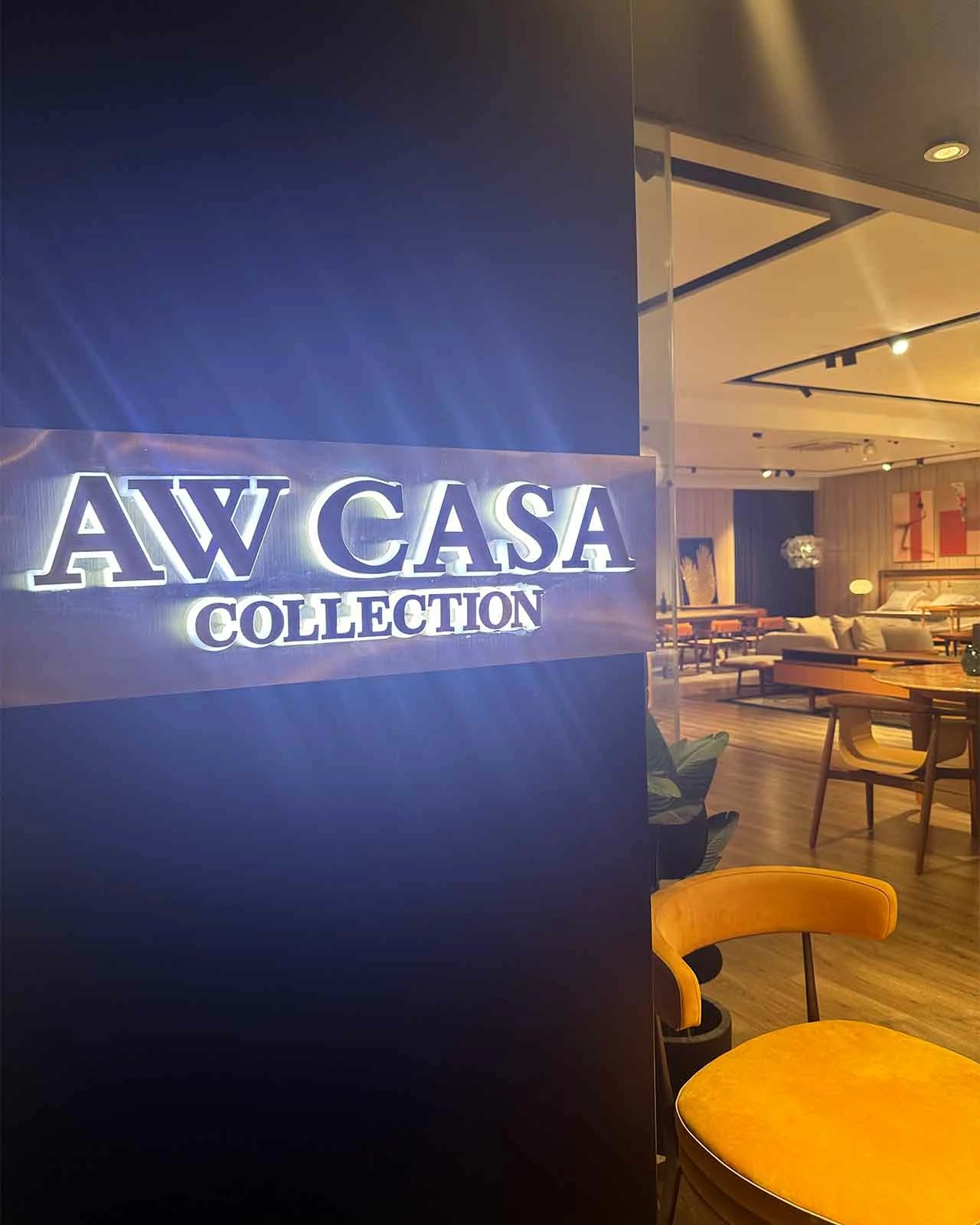

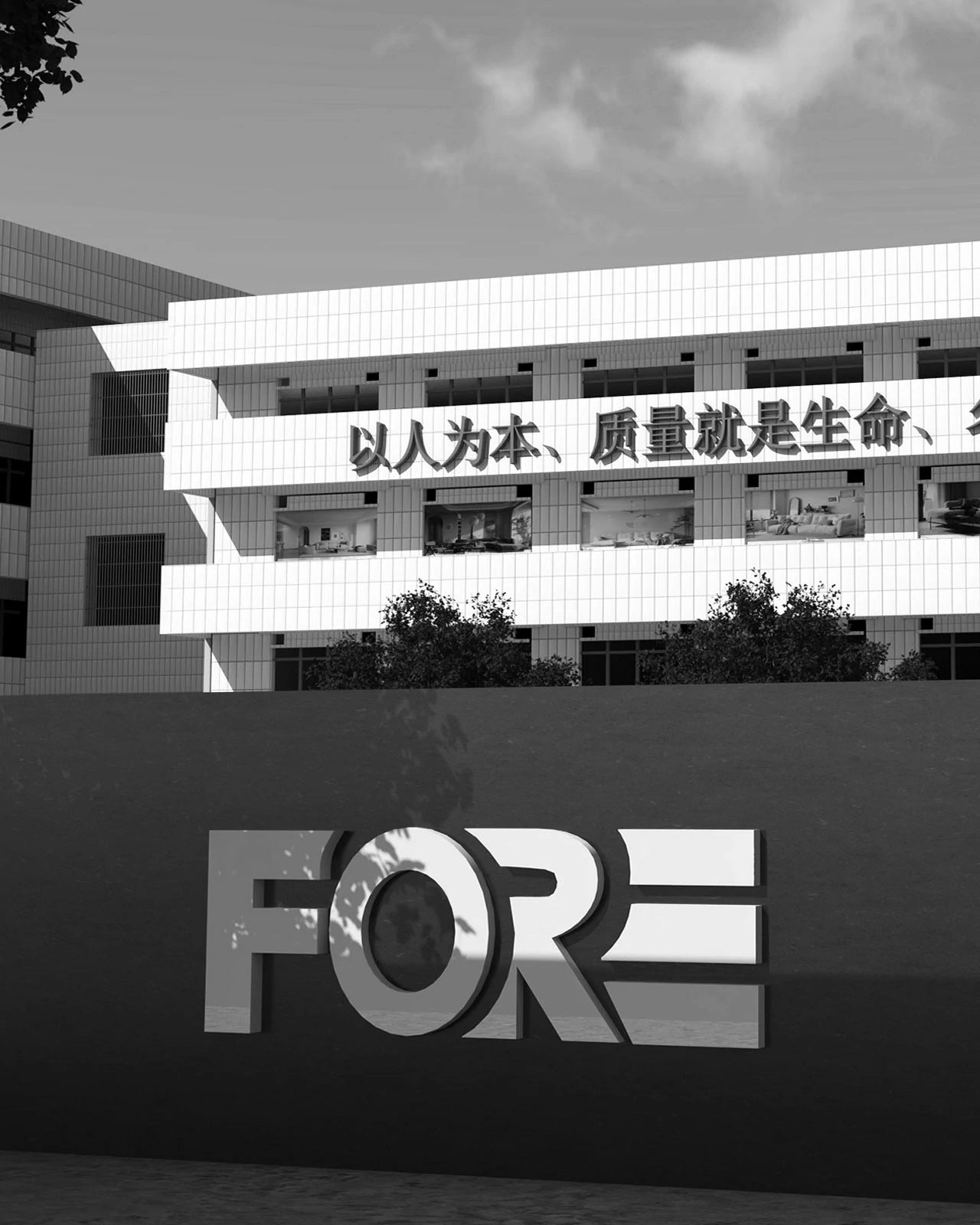

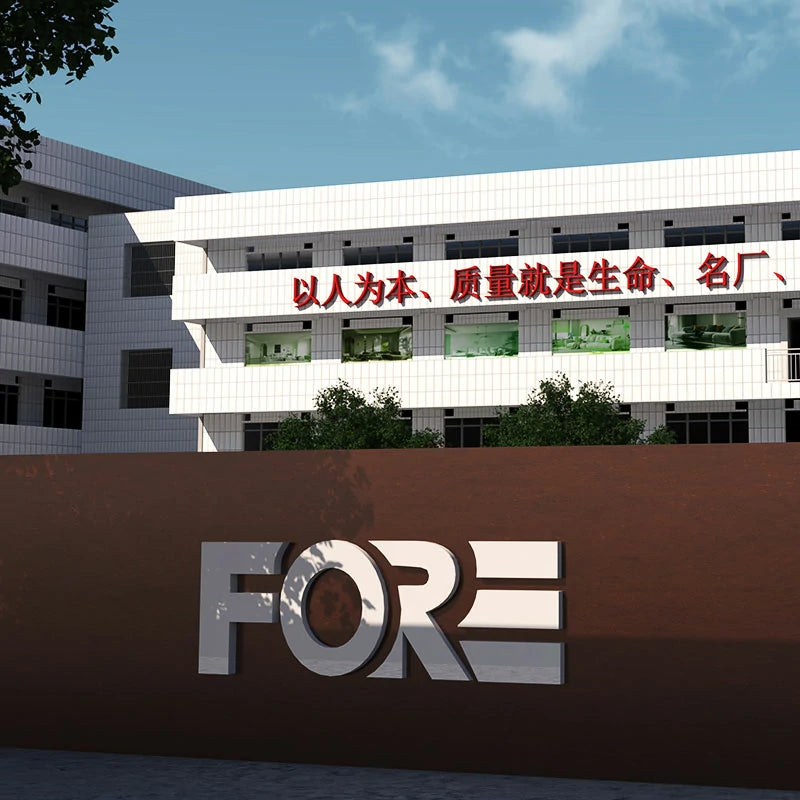 About Us
About Us
 Sustainability
Sustainability
 Gentle Wood and Soft Curves: An Ideal Home Scene
Gentle Wood and Soft Curves: An Ideal Home Scene
 The Philosophy of Life Around the Dining Table: Finding Peace Between Nature and Modernity
The Philosophy of Life Around the Dining Table: Finding Peace Between Nature and Modernity
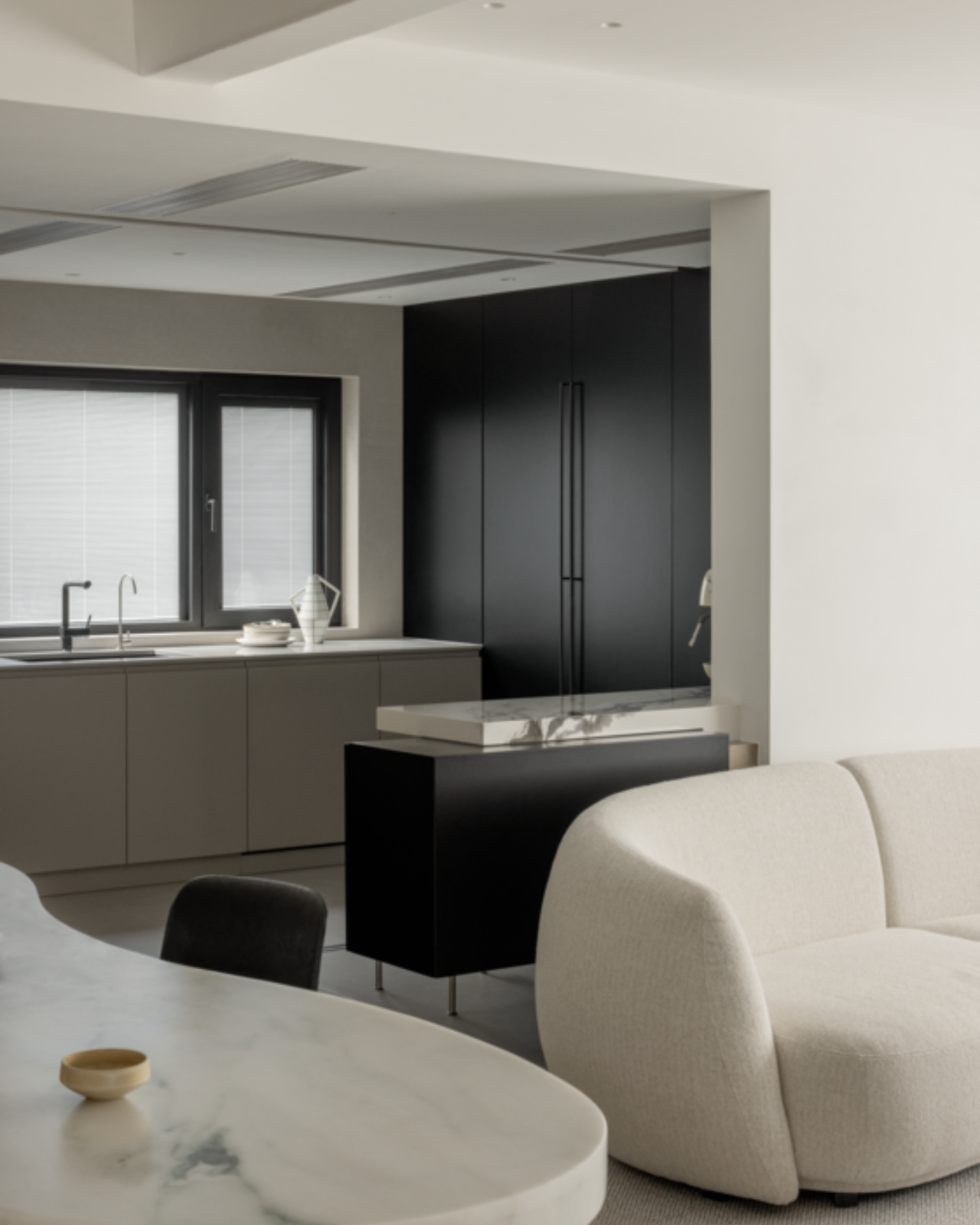 The Fusion of Comfort and Art: The Story of the Sofa at Home
The Fusion of Comfort and Art: The Story of the Sofa at Home


